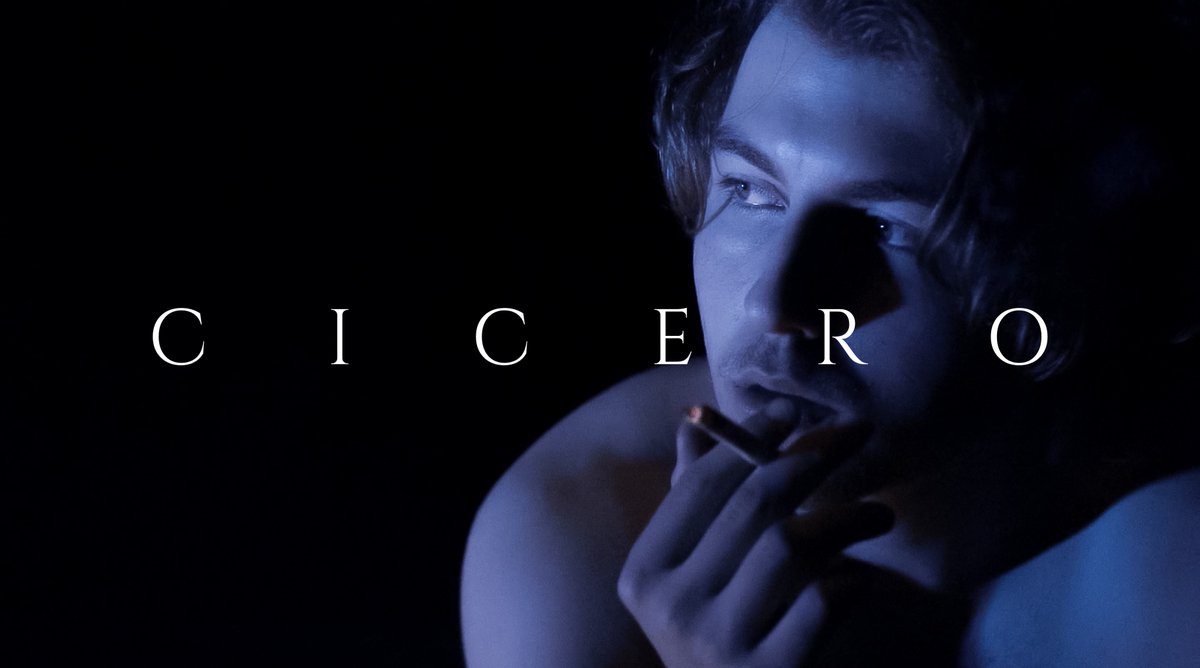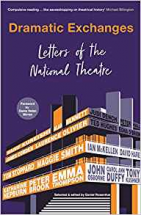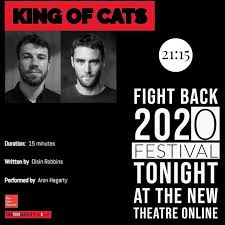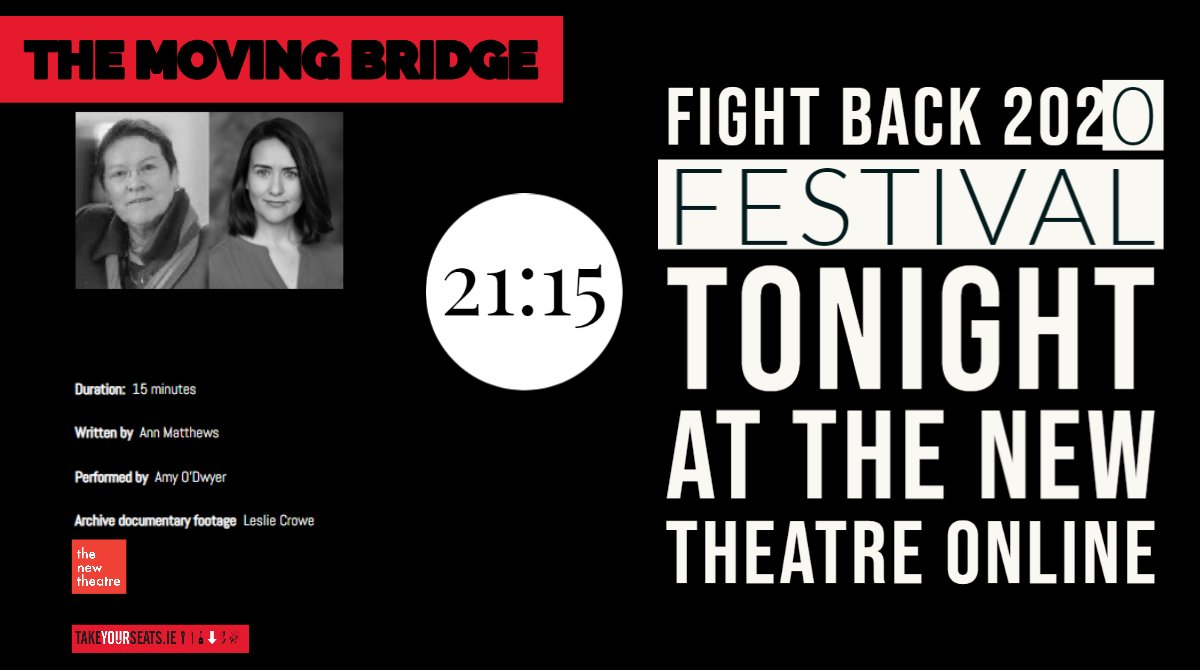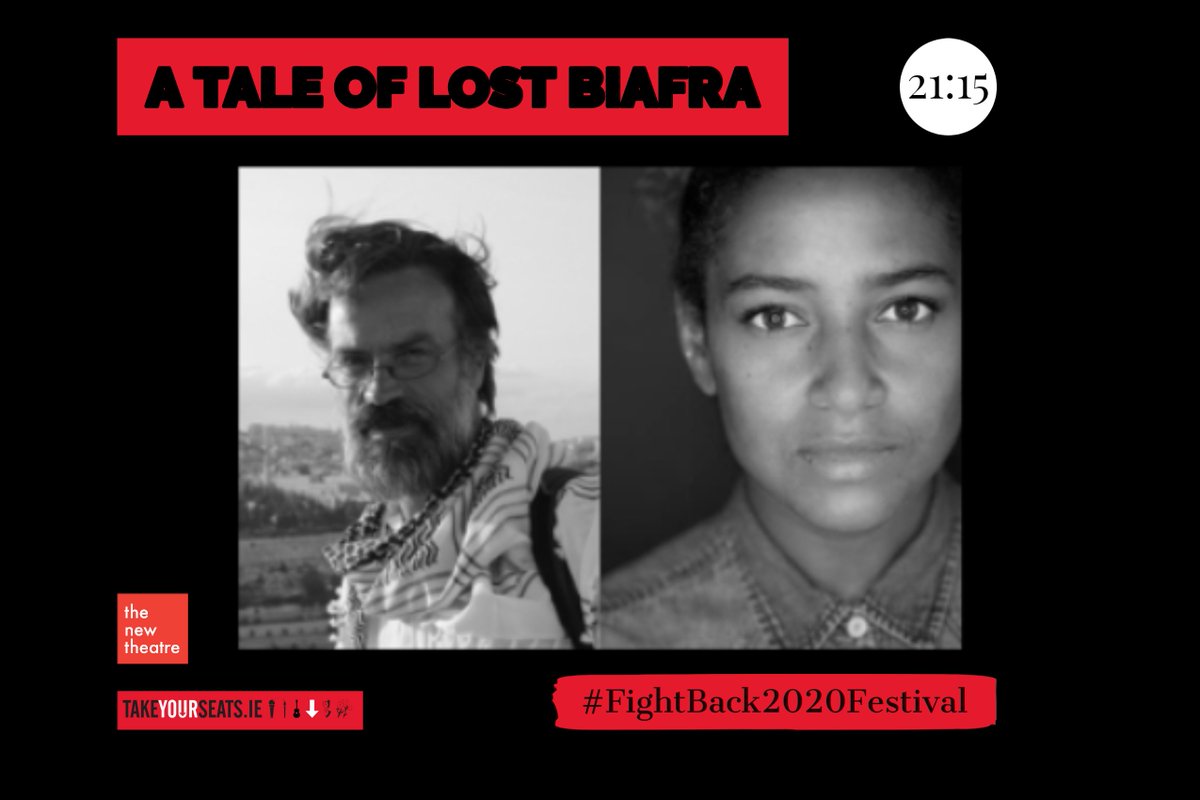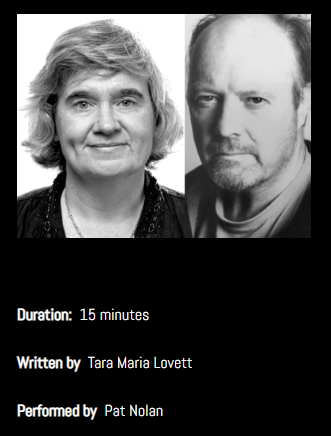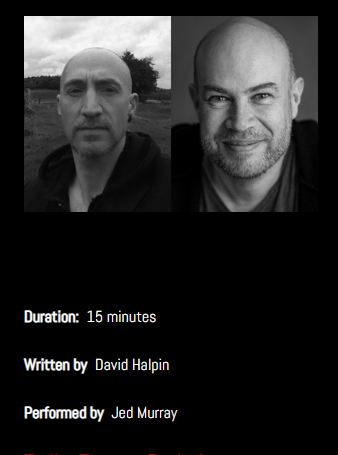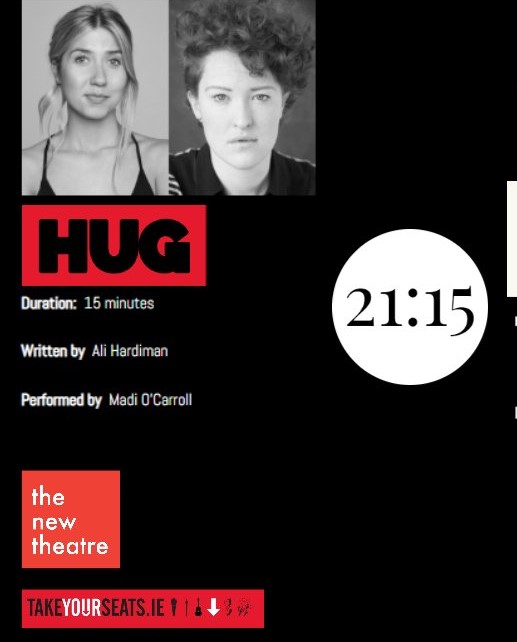Writer and Director: Connor Tomlinson
Company: snoozedays
Accessed online at: www.snoozedays.com/cicero
Cicero is brought to us by Snoozedays, a Cardiff based experimental theatre company that have responded to the pandemic and the difficulties it has created for young up and coming creatives by putting together this 50 minute production.
Cicero opens with two lights shining down on a dark, spare stage. A man, who we later learn is called Mark, climbs out of a box and dresses himself. Soon, he heads to the right to meet up with his two mates Titus and Rufus. All young men who should be full of life, Mark is barefoot, unclean and largely silent. The use of sound at the beginning has alerted us to something being not quite right and this is a feeling that is picked up and carried throughout the production. When Titus goes to get the drinks, it becomes clear that Rufus is tiring of Mark’s behaviour. As he says later “he’s fucking lost it”. It has become harder and harder for others to put up with Mark, with nearly every offer of help and conversation Titus makes being rebuffed, and someone called Quinn not wanting to be around him anymore. This fourth man pops up later in the production and turns out to be a pivotal puzzle piece in the understanding of what has happened to Mark.
Against this backdrop of broken and splintered relationships we get to peak into Mark’s mind. At one moment he is lying on the ground in the foetal position while others circle him, hitting, taking, leaving. Then we see something different. In his head people worship the ground he walks on. His body, muscular from running, is bathed in the light of camera flashes, suggesting attention and adoration. He is David, posed and captured in marble, he is alive with movement and above everyone else. Here it makes perfect sense for others to pick up after him. He runs and runs. In his mind there is a feeling of constant movement which contrasts greatly with his daily life. However, he is running in circles. Physically and figuratively going nowhere.
It is difficult to go further in depth without giving spoilers but Cicero deals with the challenges of being a young man, of relationships, loss and knowing how to be, in an innovative and sensitive way, cutting through the masks we wear to the person beneath. The soundscape at first is a little disconcerting. If it is possible for sound to represent metal, darkness and confusion then it does. Every new movement of light and twist of sound is perfectly timed. The feeling of the play is matched by is utilitarian set design and the black and neutral tones worn by the actors. In contrast to this lack of colour are occasional flashes of images that are scattered throughout the 50 minutes before coming together at the end. This was only possible with the advantages of being able to combine film with live performance.
Cicero’s denouement brings everything together in an ending that is cathartic and meaningful, without being over emotional. New, vital and different, Cicero is a lockdown treat that makes one look forward to snoozedays next production.
Quinn – Zak Peterffy
Rufus – Dylan Matthews
Titus – Lucas Edwards
Mark – Rhys Edmunds
Producer – Connor Tomlinson and Peter Stuppner
Camera Assistant – Oliver Mitchell
Cinematographer – Vicki Hill and Emma Pasini
Editor and Script Assistant – Anna Korecka
Lighting Designer – Piper Stormes
Lighting Technician – Abigail Simkin
Sound Producer – Adam Benfold
Sound Technician – Tobias Warwick Insoll

